Ticks

It is spring, it is getting warmer, and we need to think about protecting our four-legged friends from ticks. And since we will now be seeing more of these little bloodsuckers, let us learn some solid facts about their lives.
Life cycle of ticks
The reproductive capacity of ticks is high, with one female producing between 2,500 and 4,000 eggs. Each developmental stage may have a resting stage of 6 months to 1 year before the suction period. They are able to withstand and survive in cold or dry periods of the year. They are most active during periods when it is warm and wet. There were some very warm days this February when the ticks came out. I had several dogs and cats in my surgery that I had to remove ticks from.
The life-cycle of a tick includes three stages: larva, nymph and adult.
The eggs hatch into a larva that is very small. It measures about 0.8 mm and has only three pairs of legs. The larva mostly latches onto small rodents, but often also onto humans. After sucking, the larva falls off and then reaches the stage of so-called metamorphosis, when all the larval organs are transformed into organs of the higher developmental stage – the nymph. It is already slightly larger (1.2–1.5 mm) and has four pairs of legs. The nymph sucks on larger animals – hares and hedgehogs, but also dogs, cats, and humans. After feeding, the nymph again falls off and undergoes the final transformation into an adult, female or male, capable of reproduction. The female tends to be larger (2 x 4 mm) and is visibly bicolored. It has a black-brown shield on the back behind the head, while the rest of the body is distinctly orange to reddish. In the slightly smaller males, this black-brown shield covers the entire back of the body, giving an overall dark impression. Only the female sucks blood. Its orange abdomen is folded, which allows the volume to increase several times when sucking blood. (This description of coloration applies to the common tick.)
The adult male does not suck: his mission is to impregnate the female. The adult female now uses slightly larger animals as a source of blood — roe deer, deer, wild boar, foxes, cattle, horses, dogs, cats, and humans. It sucks for several days to a week, then lays eggs and dies. The development cycle of the tick is rather lengthy, lasting 2–3 years in European latitudes. This makes the tick a harborer of diseases in nature, as all three stages are capable of transmitting various pathogens. Sucking blood is the route of transmitting infections.
A tick cannot actively seek out its host on its own, like a mosquito does, instead, it lurks patiently. It climbs onto blades of grass and tall vegetation, where it clings by its three hind pairs of legs, leaving its first, front pair stretched out and spread in front, waving them like antenna in different directions. The main source of information for the tick is its physical and chemical perception of the environment. The tick has a special recess at the end of the last link of the first pair of legs, called the Haller organ, in which various sensors are placed. First and foremost, it reacts to smell, i.e. chemical markers which every creature, including humans, emits; at greater proximity, it reacts even to mechanical impulses, to the various vibrations caused by the approaching host. When an animal or human then brushes against the vegetation, the tick attaches to it.
The tick does not attach itself to the host immediately after it reaches its body, but seeks a suitable place, usually where the skin is softer and damper.
But they also have enemies among mammals, for example, rodents bite off attached ticks from one another.
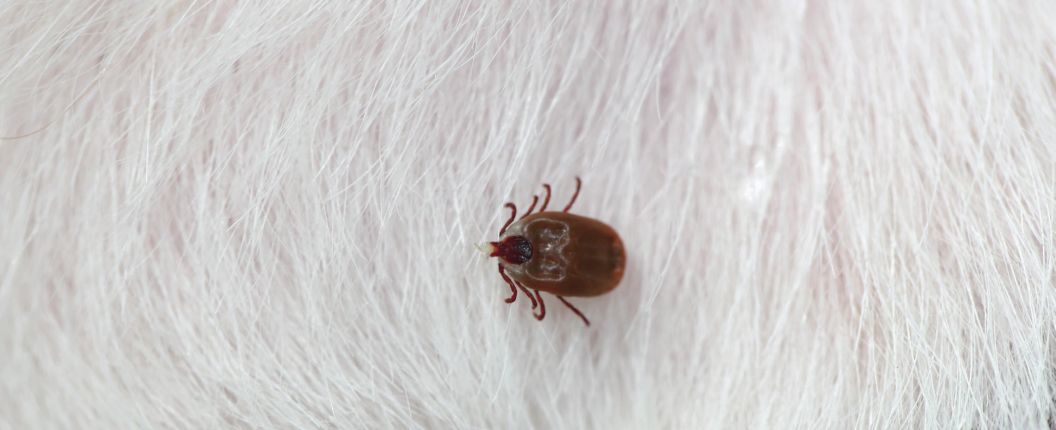
To latch on, it uses an organ of the oral tract which is shaped like a harpoon with opposing hooks. These ensure firm attachment and the ability to ingest blood. As saliva is excreted, a substance enters the wound, forming a so-called cement layer, which makes it difficult to remove the tick after a certain time. However, the tick’s saliva also contains other agents that help it overcome the host’s defenses. In addition to agents inhibiting blood clotting, other agents prevent the inflammatory process. Thus, the tick does not cause itching, so in the first few hours the host animal does not feel the tick sucking on it at all. The saliva also contains components that suppress the host’s immune response to being latched onto and sucked on. And so the conditions are prepared for the transmission of infection to the host. Suction itself consists of two phases. In the first, there is a slow uptake of the host’s blood.
Important here is the presence of salivary glands containing anticlotting agents and substances that serve to limit the host’s defensive response to the attached tick. The first time blood is taken, the salivary glands of the tick become enlarged. The second phase, which starts after 24–48 hours, is accompanied by rapid blood sucking, during which the tick’s saliva is intensively expelled. If the tick carries the agents of infection in their salivary glands, the pathogens will multiply as these glands enlarge, so that the risk of transmitting an infection to the host’s bloodstream increases strongly over the next few hours.
„According to new studies, the transmission times of certain pathogens spread by ticks are known to be signifi cantly lower than anticipated.“
MVDr. Miroslava Můčková Uzlová, veterinarian
Tick-borne animal diseases:
Lyme disease - - an infectious disease caused by Borrelia
Tick-borne encephalitis - a viral disease caused by the TBE virus. This disease is very rare and only affects animals with weakened immune systems
Anaplasmosis - an infectious disease caused by bacteria of the genus Anaplasma
Babesiosis - an infectious disease caused by parasites of the genus Babesia. Transmitted when bitten and attacks red blood cells
Ehrlichiosis - infectious disease caused by the group of bacteria Rickettsia
Hepatozoonosis - an infectious disease caused by the single-celled parasite Hepatozoon canis. It is transmitted by a tick, but a dog can also be infected by eating a tick

Autor článku
MVDr. Miroslava Můčková Uzlová
absolvovala Veterinární a farmaceutickou univerzitu v Brně. Pracovala na veterinární správě v různých pozicích, poté na veterinární klinice v Plzni a nyní má malou vesnickou praxi. S Energy preparáty pracuje již několik let.

Tickvet
Tickvet is a natural veterinary product to repel bloodsucking insects, especially fleas and ticks.
Read the article

Psychosomatics in veterinary medicine
Psychosomatics is nowadays a recognized field of medicine, especially in human medicine, but also in veterinary medicine is...
Read the article
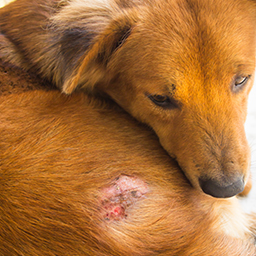
Imunovet and healing of open wounds
There are situations where it is not reasonable to put the dog under anesthesia to suture the laceration. Or situations where...
Read the article
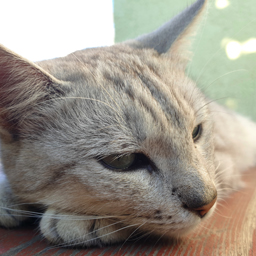
Hyperthyroidism of cats
Hyperthyroidism, or pathologically elevated thyroid function, is the second most common endocrinopathy in cats. The cause is usually...
Read the article
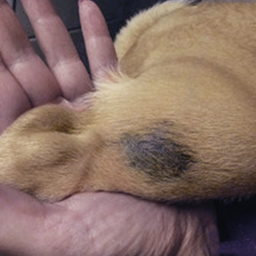
Patch after tick bite, coat renewal
The castor bean tick, Ixodes ricinus, is an arachnida known to belong to the Ixodidae family. We know...
Read the article

Dogs in Heat
IT’S SPRING... and with it female dogs being in heat. Or what to do with the male dog when the female dog is in heat?
Read the article
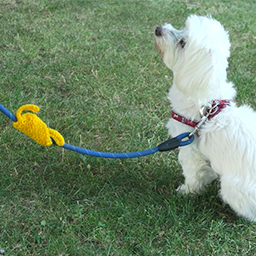
Yellow ribbon
A yellow bow or ribbon indicates a dog who, for a variety of reasons, needs to be given space.
Read the article

Touches that bring relief
When I first applied a butterfly massage to an animal, I believed in its power. Not by chance did I find ...
Read the article
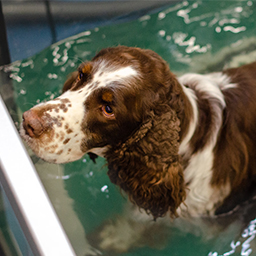
Aquatherapy / Hydrotherapy and Kingvet
Physiotherapy and rehabilitation for animals focuses on the diagnosis, treatment, and prevention of ...
Read the article
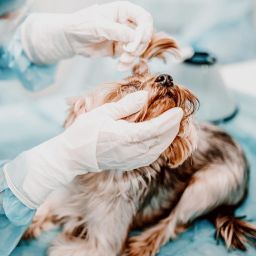
Eye examination in animals
The examination of animal eyes is very similar to the examination of human eyes and should be part of the basic examination, as general disease is associated with ocular involvement in many cases.
Read the article

Warts on puppies
Warts on young dogs are most often of infectious origin, caused by the papillomavirus. They are contagious to other dogs (not to other animal species or humans).
Read the article

Metamorphic technique for animals
The metamorphic technique, known as butterfly massage, is a gentle harmonizing technique that is applied to the spinal reflex zones on the feet, hands and head in humans.
Read the article
